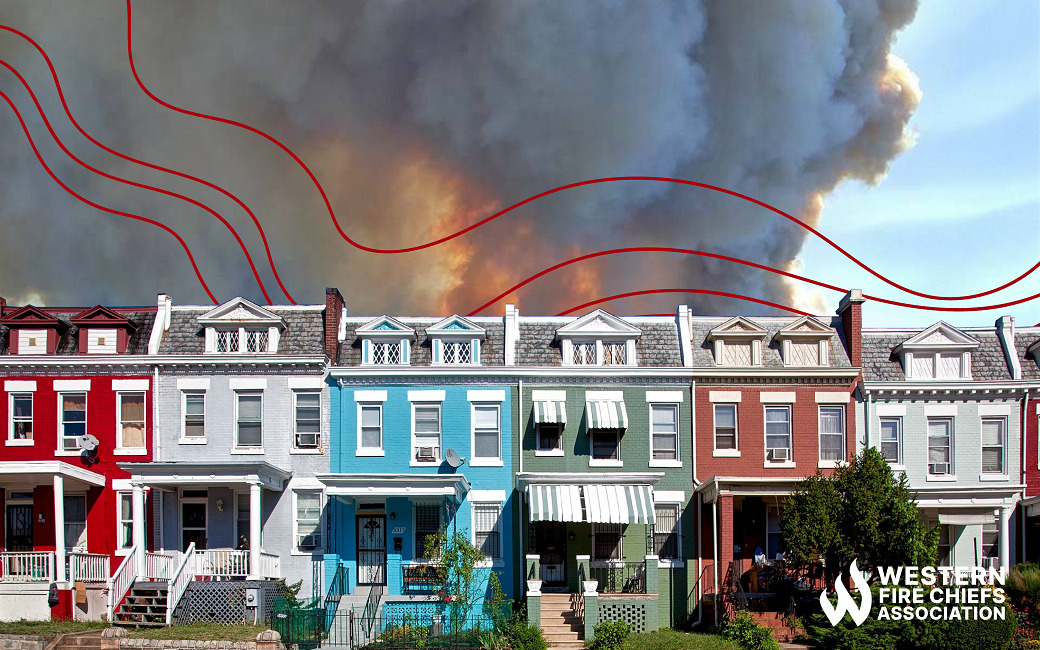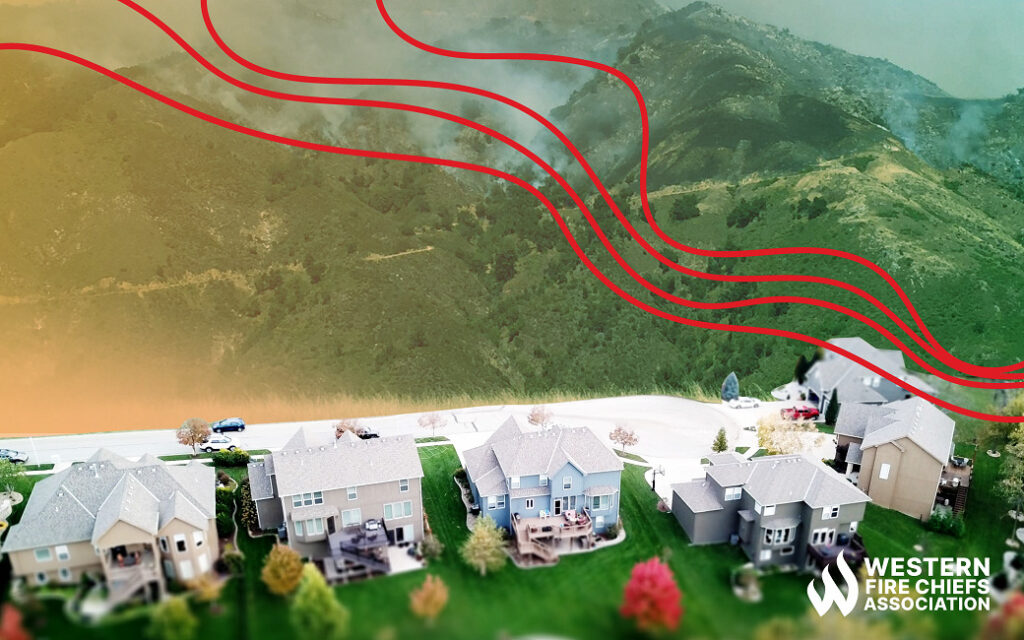Fire Pit Safety Tips
Stay safe around the campfire with tips from the Western Fire Chiefs Association. Learn essential precautions and practices for a worry-free outdoor campfire.
Don't wait until it's too late. Learn how to prepare for a wildfire and stay safe during and after the disaster with expert guidance and tips from the WFCA.
Published:July 25, 2023
Edited:March 1, 2024

Don’t wait until it’s too late. Learn how to prepare for a wildfire and stay safe during and after the disaster with expert guidance and tips from the WFCA.
Wildfires can start suddenly and grow rapidly under drought and high wind conditions. Be aware of the wildfires in your area so you can have the most time possible to prepare before wildfire threatens your neighborhood. You can also develop emergency plans before natural disasters, review and practice evacuation routes, and harden your home against fire with landscaping and building choices.1 Read on to discover ways to protect yourself and your family members during a wildfire event in your area.
This is part of the Ready, Set, Go! wildfire preparedness program that asks you to Be Ready. Prepare ahead of time for wildfire events, including defending your home and property from wildfire. This is also when you Get Set with a plan before you are asked to evacuate.2 Other steps to take to Be Ready and Get Set before a wildfire include:

When the wildfire is close, it is time to GO! Evacuate early and ensure your family and home are prepared to survive the wildfire.2 Some of the steps to take once you evacuate include:
The aftermath of a fire is a difficult time. Take the following steps to keep yourself and your family safe after a fire, ensure your home and property are safe to return to, and document damages for insurance.
Stay safe around the campfire with tips from the Western Fire Chiefs Association. Learn essential precautions and practices for a worry-free outdoor campfire.
Discover essential firework safety tips to ensure a dazzling display without accidents. Learn how to celebrate responsibly with expert guidance from WFCA.
Explore the role of AI in wildfire prediction with guidance from the WFCA. Learn how advanced algorithms and data analytics enhance early detection and response.